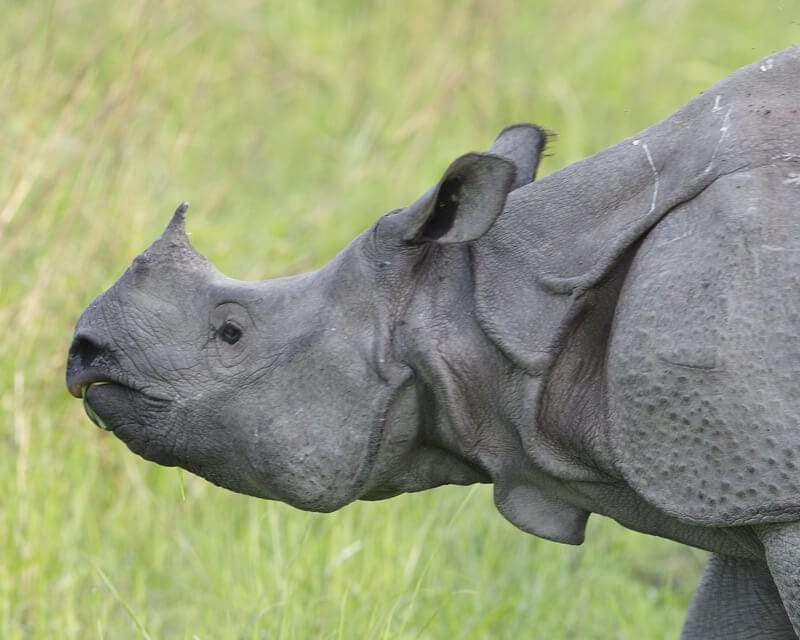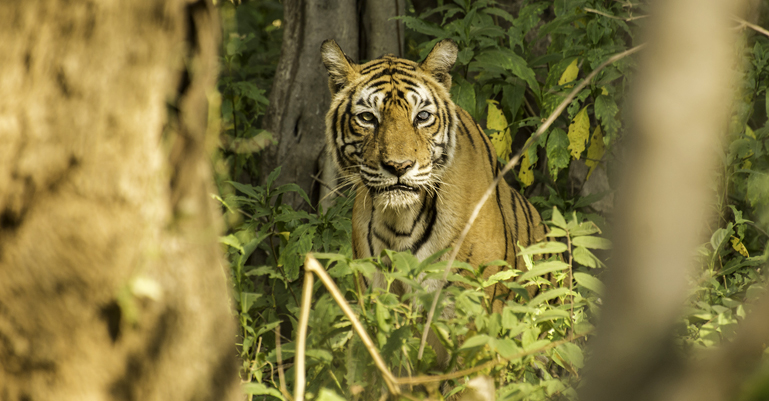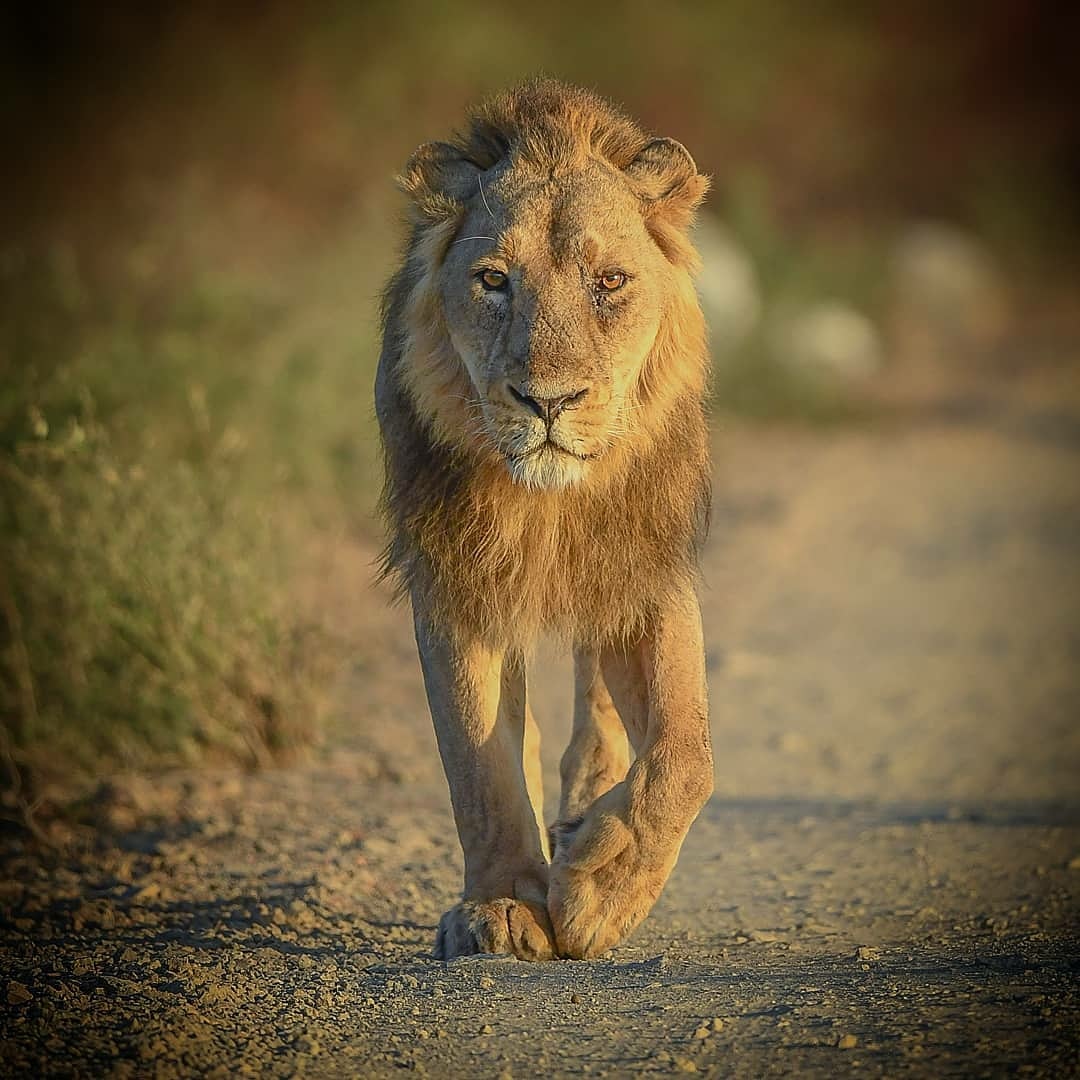Jim Corbett National Park Overview
Upon exploring the captivating wildlife sanctuaries in India, the Jim Corbett National Park stands out for its rich biodiversity and stunning landscapes. Nestled in the foothills of the Himalayas in Uttarakhand, this park is a haven for nature enthusiasts and wildlife lovers alike. Here’s a brief overview of what makes Jim Corbett National Park a must-visit destination:
Key Highlights:
- Location: Situated in the Nainital district of Uttarakhand, Jim Corbett National Park spans over 500 square kilometers.
- Establishment: Established in 1936 as Hailey National Park, it was later renamed in honor of renowned hunter-turned-conservationist Jim Corbett.
- Flora and Fauna: The park is home to a diverse range of wildlife, including tigers, elephants, leopards, and over 600 species of birds.
Visitor Experience:
- Safari Adventures: Embark on thrilling jeep safaris and explore the park’s lush forests and meandering rivers.
- Accommodation: Choose from a range of eco-friendly lodges and resorts offering a comfortable stay amidst nature’s tranquility.
- Conservation Efforts: Witness firsthand the park’s conservation initiatives aimed at preserving its precious ecosystems and wildlife.

Jim Corbett National Park Wildlife Species
Diving deeper into the mesmerizing realm of Jim Corbett National Park, one encounters a stunning array of wildlife species that call this sanctuary home. Let’s delve into the diverse fauna that inhabit this natural paradise:
Majestic Tigers:
- Royal Bengal Tigers: Jim Corbett is famous for its thriving tiger population, offering visitors a rare chance to spot these majestic predators in their natural habitat.
- Leopards and Elephants: Alongside tigers, the park is also home to leopards, elephants, sloth bears, and various deer species.
Avian Wonders:
- Bird Watching Paradise: With over 600 bird species, including the vibrant Indian Pitta and majestic crested serpent eagle, the park is a paradise for bird watchers.
- Waterfowl Delight: The Ramganga River and numerous marshy lands host a variety of waterfowl and waders, adding to the park’s avian diversity.
Reptiles and More:
- Crocodiles and Pythons: Jim Corbett’s water bodies are home to mugger crocodiles and Indian pythons, showcasing the park’s rich reptilian diversity.
- Unique Mammals: Look out for the playful langurs, shy fishing cats, and the elusive Himalayan black bear during your wildlife sightings in the park.
Kaziranga National Park
Kaziranga National Park Location and Significance
Transitioning from the splendor of Jim Corbett, the Kaziranga National Park in Assam beckons with its unique charm and ecological importance. Situated in the heart of Assam, this UNESCO World Heritage Site is renowned for its remarkable biodiversity and conservation efforts. Let’s explore the location and significance of this iconic national park:
Geographical Setting:
- Assam’s Pride: Nestled in the northeastern state of Assam, Kaziranga spans the districts of Golaghat and Nagaon.
- Riverine Landscape: Positioned along the floodplains of the Brahmaputra River, the park features wetlands, tall grasslands, and dense forests.
Conservation Significance:
- Rhino Sanctuary: Kaziranga is globally acclaimed for its successful conservation of the one-horned rhinoceros, with the park being a sanctuary for over two-thirds of the world’s population.
- Tiger Reserve: Apart from rhinos, Kaziranga is also a crucial habitat for Bengal tigers, elephants, and a myriad of bird species, making it a hotspot for wildlife enthusiasts and researchers alike.

Kaziranga National Park Conservation Efforts
Continuing our journey through the wilderness, Kaziranga National Park shines as a beacon of conservation excellence in India. The park’s commitment to preserving its rich biodiversity and iconic wildlife species is truly commendable. Let’s delve into the significant conservation efforts undertaken at Kaziranga:
Anti-Poaching Measures:
- Rigorous Patrols: Kaziranga employs a dedicated team of forest guards who conduct regular patrols to deter poaching activities.
- Use of Technology: The park utilizes modern surveillance techniques such as camera traps and drones to monitor wildlife movements and combat illegal poaching.
Habitat Restoration:
- Grassland Management: Through controlled burning and grassland restoration, Kaziranga ensures a healthy habitat for its diverse flora and fauna.
- Water Conservation: Initiatives to maintain water bodies and wetlands within the park play a vital role in sustaining the ecosystem.
Community Engagement:
- Local Participation: Kaziranga actively involves local communities in conservation initiatives, fostering a sense of ownership and responsibility towards protecting the park.
- Livelihood Support: The park provides alternative livelihood options to communities living around the park, reducing their reliance on activities that may harm wildlife.
Ranthambore National Park
Ranthambore National Park Tiger Population
As we venture into the realm of Ranthambore National Park in Rajasthan, the majestic tigers take center stage in this iconic wilderness. Known for its thriving tiger population, Ranthambore offers a unique opportunity to witness these magnificent big cats in their natural habitat. Let’s explore the fascinating world of tigers at Ranthambore:
Tiger Conservation:
- Success Story: Ranthambore is celebrated for its successful tiger conservation programs, which have significantly boosted the tiger population in the park.
- Tiger Resettlement: The park has been instrumental in translocating tigers to other reserves, contributing to genetic diversity and population growth.
Tiger Sightings:
- Tiger Safaris: Visitors can embark on exhilarating tiger safaris to catch a glimpse of these elusive predators roaming amidst the ancient ruins and dense forests of Ranthambore.
- Tiger Families: Witness the fascinating social dynamics of tiger families and their playful cubs as they navigate their territories within the park.

Ranthambore National Park Safari Experience
Transitioning from the awe-inspiring tiger population, let’s delve into the enthralling safari experiences that await adventurers in Ranthambore National Park. Embark on a thrilling journey through the rugged terrain and ancient ruins, where every moment promises an unforgettable wildlife encounter:
Safari Options:
- Jeep Safaris: Explore the depths of Ranthambore aboard open-air jeeps, offering a closer proximity to the park’s diverse wildlife.
- Canter Safaris: Opt for spacious canters that provide panoramic views of the surrounding landscapes, ideal for wildlife photography enthusiasts.
Wildlife Encounters:
- Tiger Spotting: Keep your eyes peeled for elusive tigers as they traverse the lush forests and water bodies, showcasing their majestic presence.
- Bird Watching: Witness a myriad of bird species, including kingfishers, eagles, and colorful peafowls, adding a symphony of sounds to your safari experience.
Gir Forest National Park

Gir Forest National Park: Asiatic Lion Sanctuary
Moving from the tiger territories to the realm of the Asiatic lions, Gir Forest National Park in Gujarat stands as a sanctuary for these regal big cats. The park’s significance lies in its crucial role in conserving the endangered Asiatic lion population. Let’s delve into the allure of the Gir Forest National Park as an Asiatic Lion sanctuary:
Conservation Milestones:
- Species Preservation: Gir Forest is renowned for its successful conservation efforts that rescued the Asiatic lion from the brink of extinction.
- Lion Reintroduction: The park has initiated programs to reintroduce lions to other regions, ensuring the species’ survival and genetic diversity.
Lion Encounters:
- Safari Thrills: Embark on safaris through the rugged terrain of Gir Forest to witness Asiatic lions in their natural habitat, showcasing their majestic presence.
- Rare Sightings: Marvel at the sight of these magnificent creatures, known for their distinct appearance and regal demeanor, as they roam freely within the sanctuary.

Gir Forest National Park Biodiversity
Expanding our exploration of Gir Forest National Park in Gujarat, we uncover a treasure trove of biodiversity beyond the majestic Asiatic lions. This sanctuary is not just a haven for these iconic big cats but also boasts a diverse array of flora and fauna that contribute to its ecological richness. Let’s delve into the enchanting biodiversity of Gir Forest National Park:
Diverse Flora:
- Dry Deciduous Forests: Gir is home to a variety of plant species, including teak, neem, and jamun, thriving in the arid deciduous ecosystem.
- Thorny Scrub: The park’s landscape is adorned with thorny scrub vegetation, providing habitat to several wildlife species adapted to these harsh conditions.
Rich Fauna:
- Apart from Lions: Gir Forest shelters an impressive range of wildlife, including leopards, hyenas, deer, antelopes, and a plethora of bird species.
- Avian Diversity: Birdwatchers are in for a treat with sightings of rare vultures, owls, and colorful species like the Indian roller adding to the park’s avifauna charm.
Sunderbans National Park
Sunderbans National Park Mangrove Ecosystem
Transitioning from the vibrant biodiversity of Gir Forest, we set our sights on the enchanting mangrove ecosystem of Sunderbans National Park in West Bengal. This UNESCO World Heritage Site is a testament to the unique interplay of land and water, where mangrove forests thrive in brackish waters, creating a haven for diverse flora and fauna. Let’s unravel the mysteries of the Sunderbans’ captivating mangrove ecosystem:
Mangrove Forests:
- Mangrove Diversity: Sunderbans is known for its extensive mangrove cover, with species like Sundari, Gewa, and Goran dominating the landscape.
- Adaptations: Explore how these salt-tolerant trees have evolved unique adaptations to thrive in the challenging tidal conditions of the delta.
Aquatic Life:
- Rich Marine Biodiversity: Dive into the diverse marine life inhabiting the mangrove-rich waters, from estuarine crocodiles and dolphins to various fish and crustacean species.
- Tiger Aquatic Adaptation: Discover the legendary swimming prowess of the Sundarbans tigers, a unique behavior observed in these mangrove-dwelling big cats.

Sunderbans National Park Endangered Species
From the wonders of the mangrove ecosystem, we delve into the conservation significance of Sunderbans National Park as a refuge for endangered species facing various threats. This UNESCO Biosphere Reserve in West Bengal serves as a vital habitat for several species on the brink of extinction, highlighting the importance of preserving this delicate ecosystem. Let’s shine a light on the endangered species that find sanctuary in the Sunderbans:
Rare inhabitants:
- Royal Bengal Tiger: The Sundarbans is home to the endangered Bengal tiger, facing threats such as habitat loss and human-wildlife conflicts.
- Estuarine Crocodile: The park harbors the critically endangered estuarine crocodile, a species vulnerable to poaching and habitat degradation.
Conservation Challenges:
- Poaching and Habitat Loss: Learn about the conservation efforts aimed at protecting these endangered species from poaching activities and safeguarding their diminishing habitats.
- Community Involvement: Explore how local communities are key partners in conservation initiatives, working together to mitigate threats and ensure the survival of these vulnerable species.
